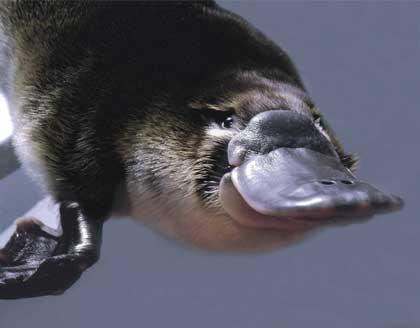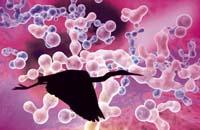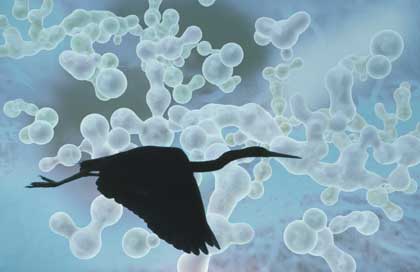Ornipus, curious and interesting
2008/05/08 Lakar Iraizoz, Oihane - Elhuyar Zientzia

The provisional sequencing of the ornithorhine genome has occurred at the Washington University of Missouri, encountering genes from reptiles and mammals. This will allow scientists to determine their position in the tree of animal evolution, as well as to know where and how mammals evolved.
The platypus is very curious. It seems to be an animal formed by the union of the body parts of several animals, with a beak similar to that of ducks, claws (to facilitate swimming), flat and wide tail (like that of beavers), etc. In addition to appearance, the behavior is a pourri of animals: it is a mammal, that is, the offspring feed on the milk produced by the females, but part of the fertilization give in an egg. When leaving the egg they are not fully developed and, like the marsupalos, they end up in lactation.
Behind all these characteristics are the genes. Scientists are fascinated by the coincidence in the platypus of some genetic characteristics of animals far from evolution. For example, it contains the genes of several mammals to be part of the ludic side of the eggs, as well as two ZPAX genes that have been found only in birds, amphibians and fish, and the vitelogenin gene, which produces a type of protein from fish and bird eggs.
Photo: Healesville Sanctuary

Gai honi buruzko eduki gehiago
Elhuyarrek garatutako teknologia






